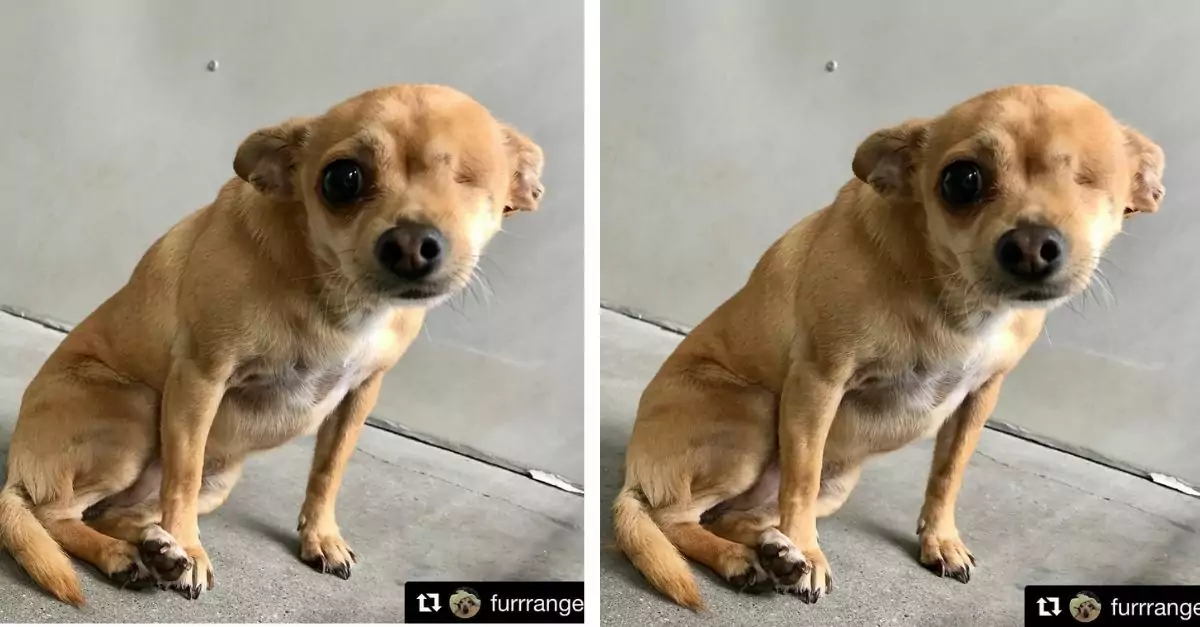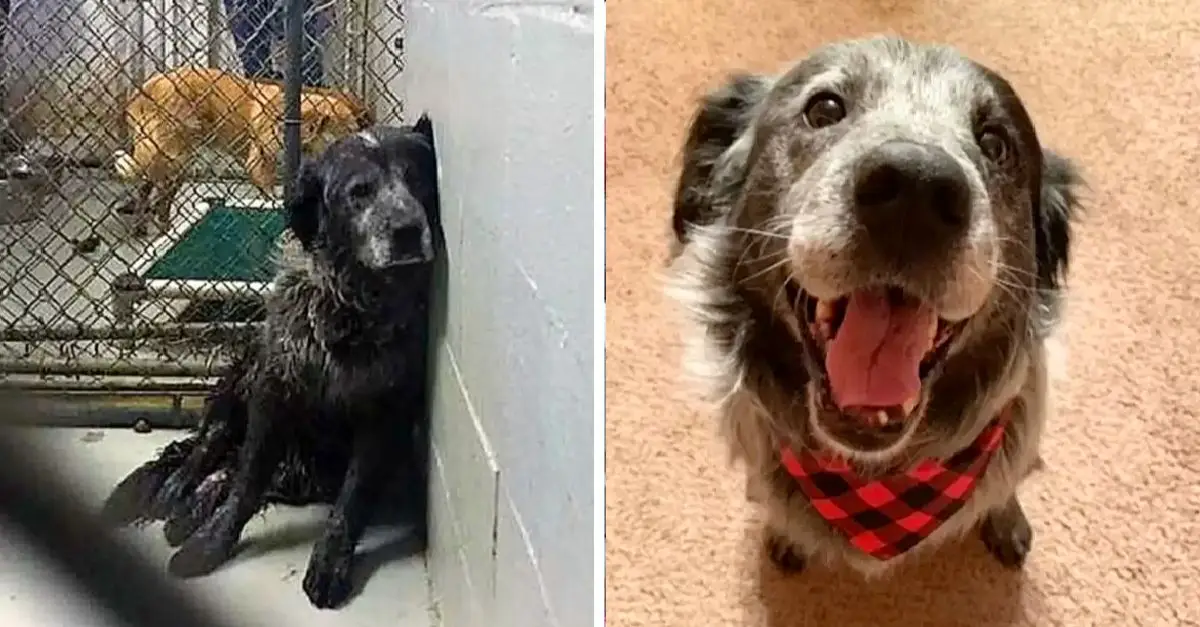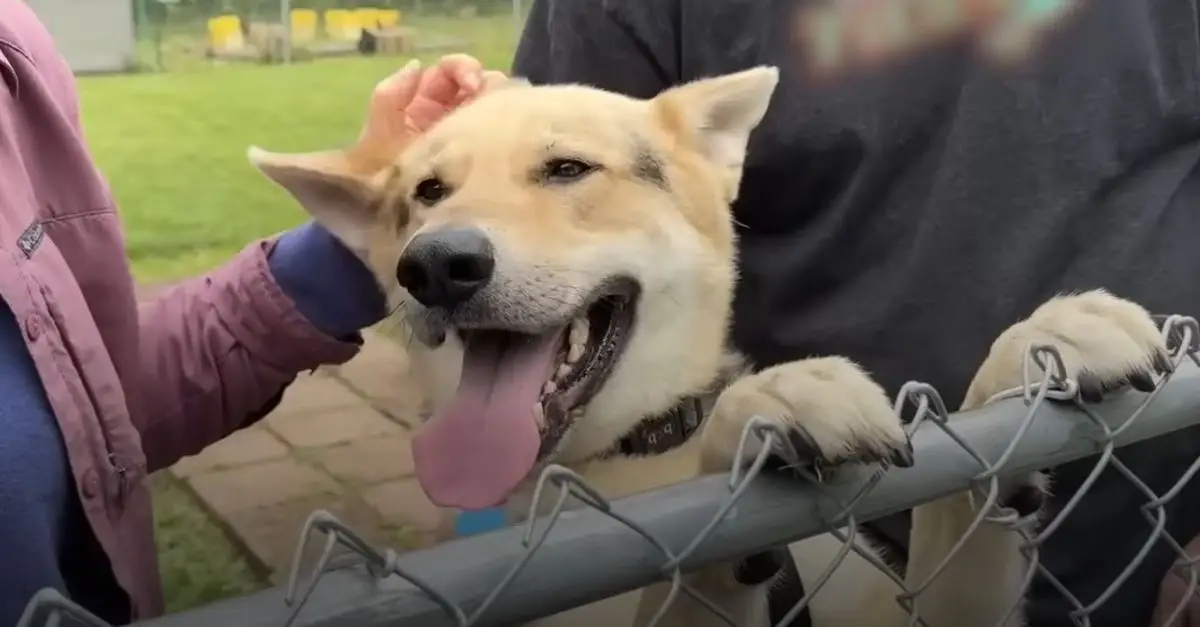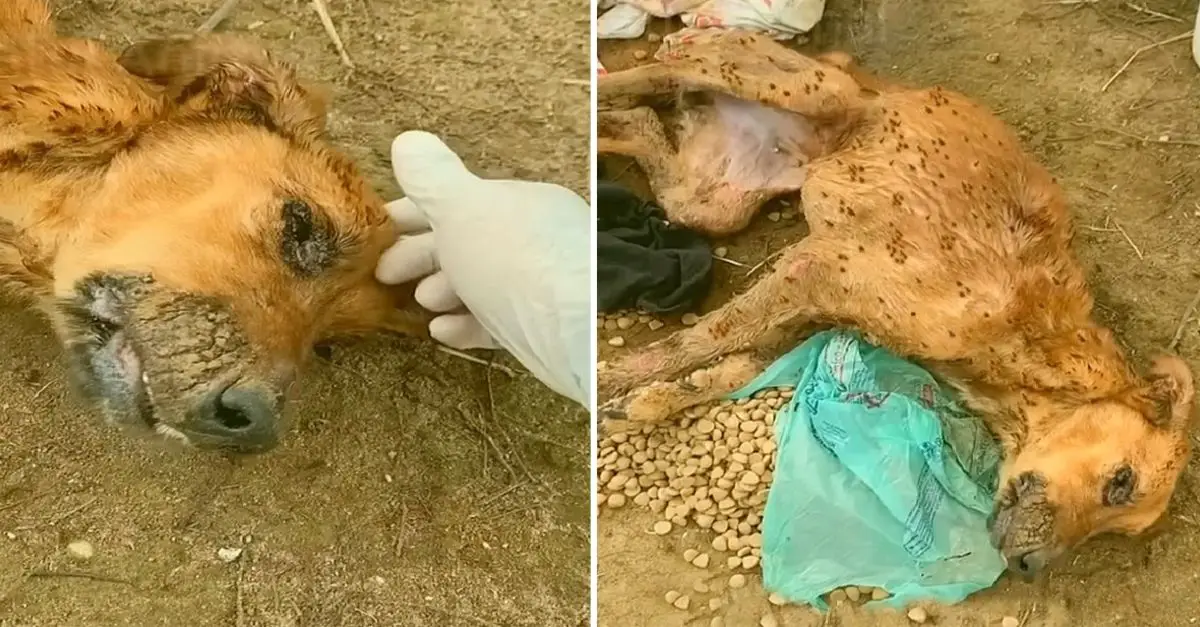A New Reality for Shelter Dogs
In Menands, New York, Kaine, a big-hearted 7-year-old dog, embodies a poignant tale of hope amidst adversity. Rather than lounging in a loving home, he resides in an office at the Mohawk Hudson Humane Society, a makeshift arrangement born of necessity. Across the United States, animal shelters are confronting unprecedented challenges, their capacities stretched thin by a confluence of economic pressures and societal shifts.
Across the United States, animal shelters are facing a dire situation. Shelters are bursting at the seams with unwanted pets, creating a crisis for both the animals and the organizations caring for them. This surge in animal intake comes at a time when adoptions aren’t keeping pace, leaving shelters with difficult choices.
Overflowing Kennels: The Perfect Storm of Economic and Housing Challenges
The number of animals entering shelters has been steadily rising since 2021, following a brief dip during the pandemic. Experts point to several factors contributing to this trend:
- Economic Strain: The rising cost of living is making it difficult for many families to afford pet care, including food, veterinary services, and training. This financial burden is forcing some pet owners to surrender their beloved companions.
- Housing Insecurity: The tumultuous housing market is adding another layer of complexity. Evictions often lead to stray animals, and many pet-friendly housing options have restrictions on larger dogs or certain breeds, forcing people to choose between their home and their pet.
The result is a disproportionate impact on larger dog breeds, who are more likely to be surrendered due to financial constraints and housing limitations. Shelters like Mohawk Hudson Humane Society in New York are overflowing with pit bulls, mastiffs, and cane corsos, creating a challenge to find suitable homes for these animals.
Tough Choices: Limited Options and the Return of Euthanasia
Overcrowded shelters are forced to make tough decisions to manage animal populations. While some shelters have implemented limitations on accepting surrendered pets, others are resorting to the heartbreaking practice of euthanasia again. This is a stark contrast to recent years where many shelters had moved away from euthanasia due to successful adoption programs.
The lack of enforcement around mandatory spay and neuter policies further exacerbates the problem. Unchecked pet breeding contributes to shelter overpopulation, creating a cycle that’s difficult to break.

America’s Overcrowded Animal Shelters
Finding Solutions: Collaborative Efforts to Reduce Intake and Increase Adoptions
Shelters and animal welfare advocates are working tirelessly to address this crisis. Here are some key strategies being implemented:
- Expanding Foster Programs: Placing animals in temporary foster homes alleviates pressure on shelter resources and allows animals to experience a more home-like environment.
- Financial Assistance Programs: Pet food pantries and subsidized veterinary services help ease the financial burden of pet ownership and encourage responsible pet care.
- Strategic Adoption Events: Partnerships with businesses and rescue groups allow shelters to host adoption events with waived or reduced fees, increasing visibility and promoting adoptions.
Additionally, shelters are exploring innovative solutions like “office fostering,” where staff members care for animals in their workspaces as a temporary measure to avoid overcrowding kennels.
A Call to Action: Beyond Band-Aid Solutions
While these efforts provide some relief, they are ultimately temporary fixes. A long-term solution requires addressing the root causes of pet surrender, such as economic hardship and housing insecurity.
Advocates and shelter operators emphasize the importance of promoting pet adoption over buying from breeders or pet stores. Millions of wonderful animals are waiting for their forever homes in shelters, and responsible pet ownership can be a source of great joy and companionship.
Working collaboratively, shelters, animal welfare organizations, and communities can create a future where fewer pets end up in shelters and more loving families find their furry companions.
This narrative underscores a pressing societal challenge and invites reflection on how we can collectively uphold our commitment to animal welfare in times of adversity. As shelters navigate uncharted waters, their resilience and determination illuminate a path forward—one rooted in empathy, education, and unwavering support for our furry companions.
















